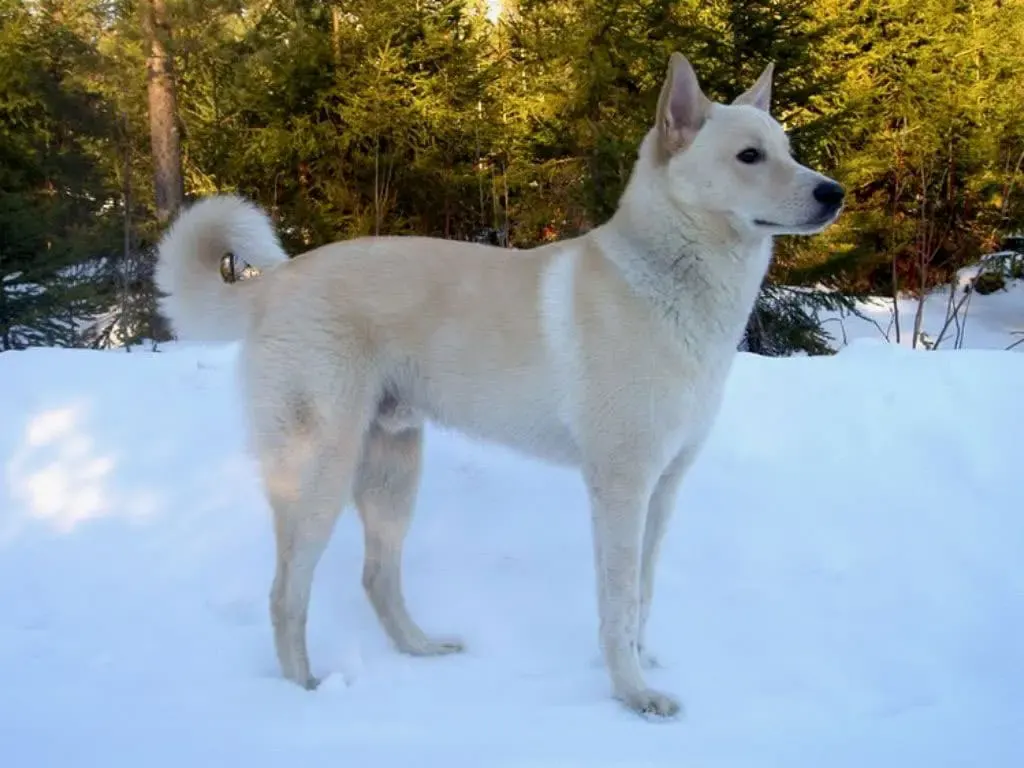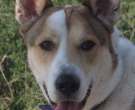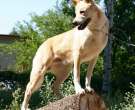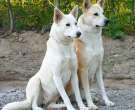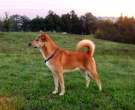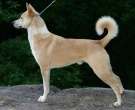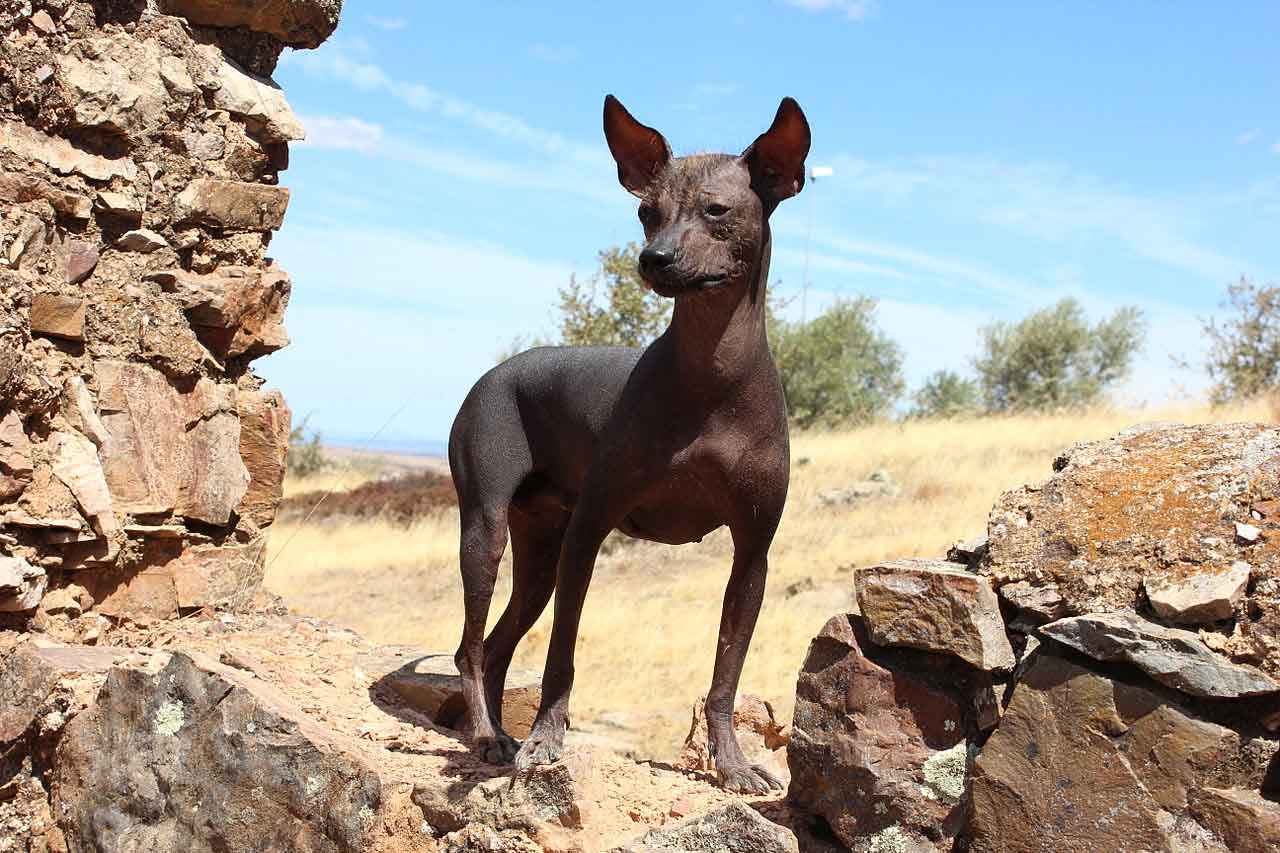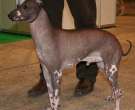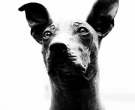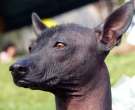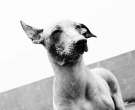Content |
|---|
Characteristics "Basenji"
Coexistence is important that you have with your new friend. Before considering the acquisition of a dog of the breed "Basenji" you know certain factors. Not all breeds of dogs are apt to live in an apartment, you must take into account his character, their need for exercise, their interaction with other pets, their care and if you have small children, their level of tolerance towards them.
Adaptation ⓘ3.0 out of 5 stars (based on 1 review)
|
friendly dog ⓘ2.0 out of 5 stars (based on 1 review)
|
hair loss ⓘ2.0 out of 5 stars (based on 1 review)
|
|---|---|---|
Affection level ⓘ2.0 out of 5 stars (based on 1 review)
|
Need for exercise ⓘ4.0 out of 5 stars (based on 1 review)
|
Social need ⓘ2.0 out of 5 stars (based on 1 review)
|
Home ⓘ2.0 out of 5 stars (based on 1 review)
|
Toilet ⓘ1.0 out of 5 stars (based on 1 review)
|
Friendly with strangers ⓘ2.0 out of 5 stars (based on 1 review)
|
barking ⓘ2.0 out of 5 stars (based on 1 review)
|
Health ⓘ3.0 out of 5 stars (based on 1 review)
|
Territorial ⓘ3.0 out of 5 stars (based on 1 review)
|
Cat friendly ⓘ2.0 out of 5 stars (based on 1 review)
|
Intelligence ⓘ5.0 out of 5 stars (based on 1 review)
|
Versatility ⓘ2.0 out of 5 stars (based on 1 review)
|
Child friendly ⓘ2.0 out of 5 stars (based on 1 review)
|
Surveillance ⓘ3.0 out of 5 stars (based on 1 review)
|
joy ⓘ5.0 out of 5 stars (based on 1 review)
|
History
Video "Basenji" |
||
|---|---|---|
|
| ||
The Basenji It is a breed of dog originating from the Democratic Republic of the Congo.. It is a primitive breed used for hunting and tracking.
They have the unique characteristic of not barking, but emit a curious sound-style> yodeling (Yodeling).
The stone Age images, as well as the tombs of ancient Egypt, already attest to the existence of this type of dog, who has survived the millennia: The Basenji is one of the oldest and most original breeds of dog. He's supposed to be a direct descendant of the Egyptian Testament – this is what dog experts call the dog form that has been handed down to us through Egyptian artwork from the fourth millennium B.C..
The Basenji comes from Central Africa, where he lived with village communities, but without having been specifically raised or having formed particularly close ties. Rather, they lived like ratcatchers. Often people also followed the hunting of the Basenjis to profit from the prey.. During famines the dogs were even slaughtered.
By the way, “Basenji” translated means “little wild animal from the bushes”. As early as the late 19th century some Basenjis arrived in Europe with African explorers. But, selective breeding did not begin until 1935 in Britain. Although the dog is native to Africa, Great Britain today has the patronage of the Basenji. From here the breed gradually spread to the rest of Europe.. In Germany, for example, enjoyed greater popularity from the years 70 of the 20th century.
Did you know??
The first Basenjis were red and white, tricolor (black and white fire) and black and white. Expeditions in Zaire 1987 and 1988 They introduced 14 dogs with new bloodlines, which brought a beautiful brindle look with tiger stripes.
There are some studies which point to the Basenji as progenitor of all Terrier.
For details of the history of the Basenji —-> basenji.org
Physical characteristics
The Basenji they are a small breed, elegant appearance, they have short hair, shiny and silky. Their ears are upright, and the tail coiled lead to perfection. Some people, they believe that its appearance similar to a deer in miniature.
They usually weigh 11 kg and the port tends to be of 40,6 cm., athletic and deceptively powerful for its size. Have a walk safe and elegant like a horse to trot.
Character and skills
Recommended for homes with adults. Although all life keeps a restless and playful spirit, When it ends its phase of growth becomes an excellent pet.
The Basenji is alert, loving, energetic, curious and reserved with strangers. It is a little distant, but it can also form strong ties with the people and can be emotionally sticking to a particular Member of the family, creating a very strong bond.
Generally does not get along well with other pets other than dogs. likes humid weather, they tend to be very skilled soaring. It can be described as fast, playful, tireless in the game, and naughty.
One of the curiosities that presents the race, In addition to not bark, It is that sule lick is the hair to be kept clean.
education
Like all dogs, the Basenji needs to be socialized from a young age. Meet lots of people (friends, neighbors, family…) allows you to get used to seeing strangers and become a sociable adult. The same goes for other dogs.: if you meet them often from their first months, the risks of dog fights during walks are reduced once he is an adult.
In his book Intelligence of Dogs (1994), Stanley Coren classifies the Basenji in the post 78 of 79 dog breeds for their intelligence… But, this is potentially a misunderstanding: the Basenji he understands very well what his owner wants from him, but is not really willing to meet your demands. In fact, shows a complete lack of interest in anything related to their education.
Like this, this extremely independent dog feels no need to please his master. Surely you understand what the order of “sit down”, but I may not see the point and, therefore, decide not to listen. Positive reinforcement methods have had some success, and a treat can be enough motivation, but even the most experienced trainers have a hard time getting them to listen. A novice is likely to be frustrated at being totally ignored despite their best efforts and may regret their choice..
At the end, it is usually the owner who has to adapt to the dog. These may include, people who live with a Basenji


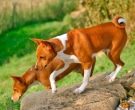
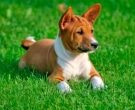
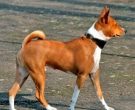
 Basenji Cell Phone Reaction
Basenji Cell Phone Reaction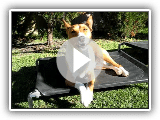 Loki – The Yodeling Basenji
Loki – The Yodeling Basenji Basenji puppies learning to sit
Basenji puppies learning to sit The Basenji’s Complaint
The Basenji’s Complaint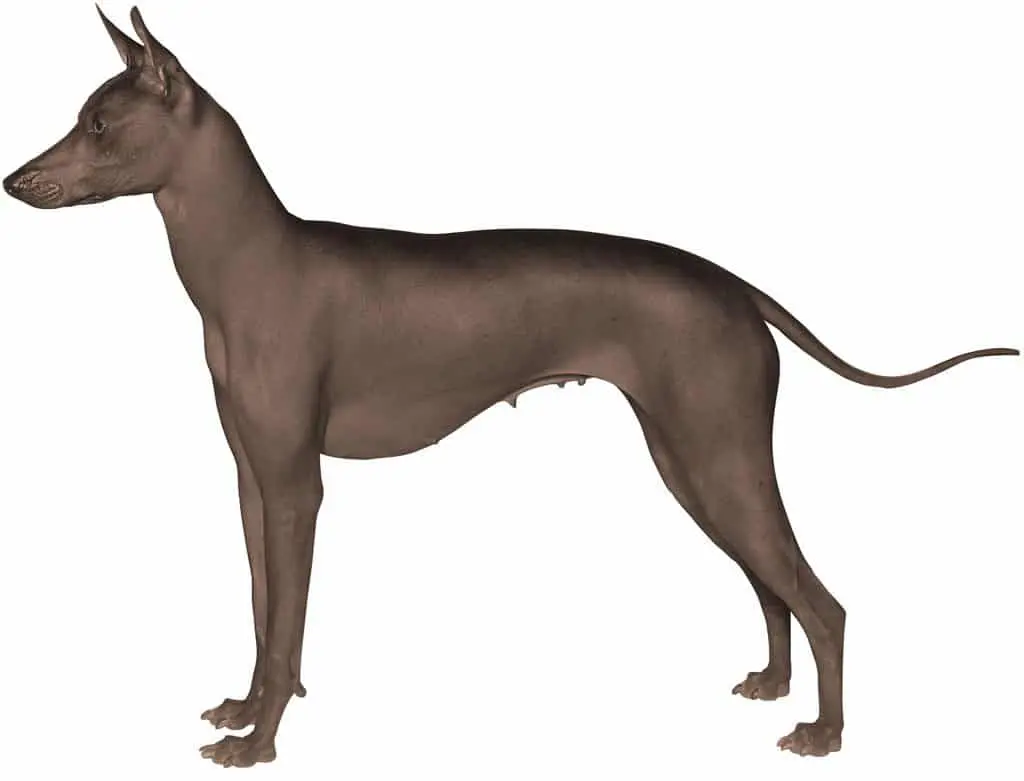


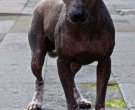


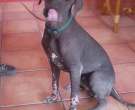
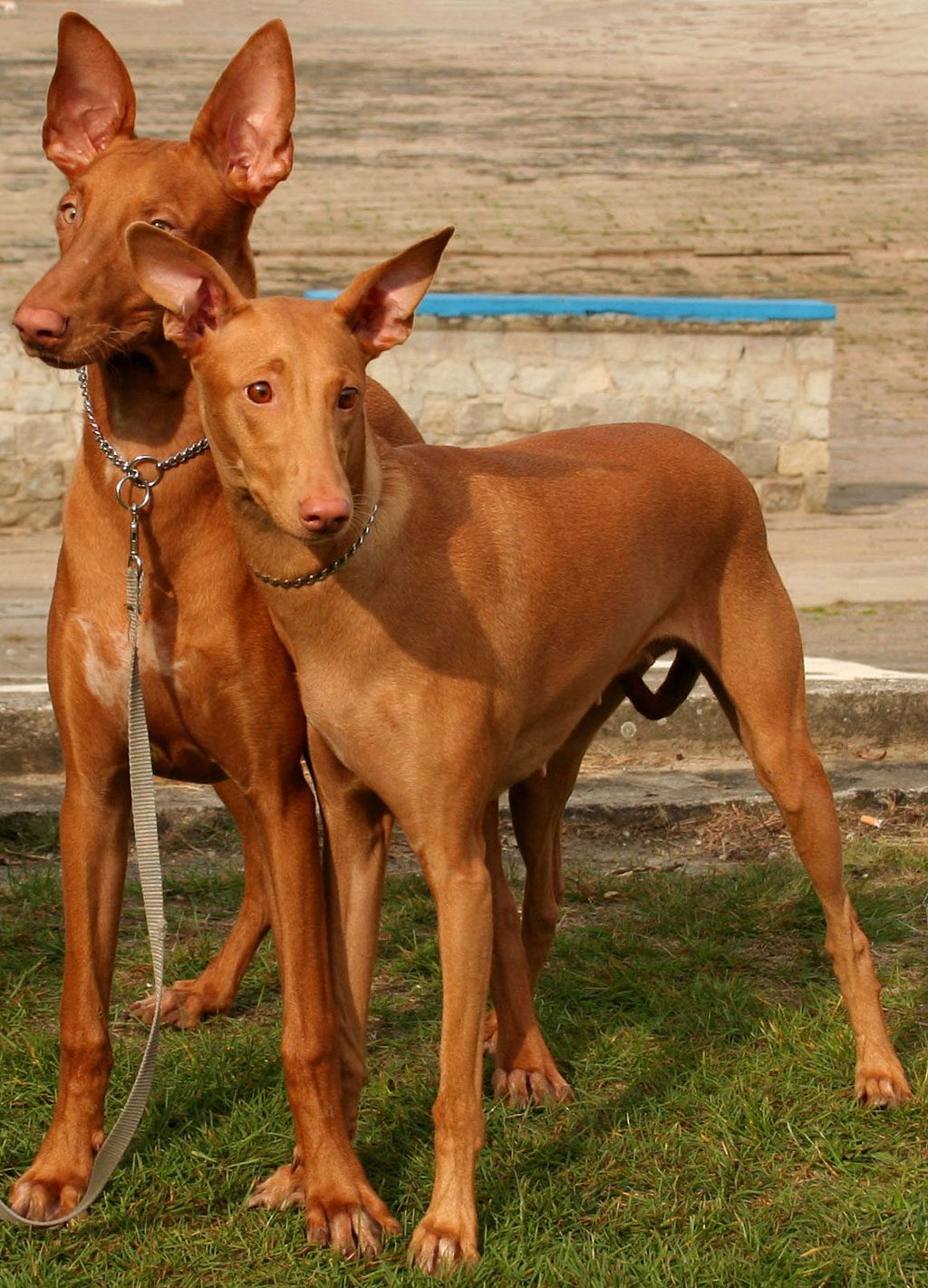
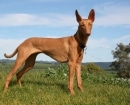
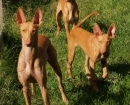


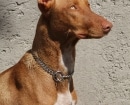
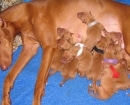
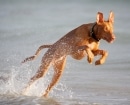
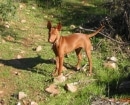
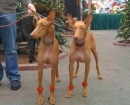
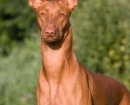
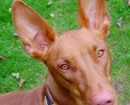
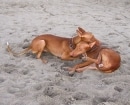
 Singing Pharaoh Hound
Singing Pharaoh Hound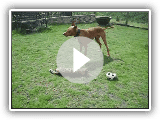 Pharaoh Hound & Bengal Cat Having Fun
Pharaoh Hound & Bengal Cat Having Fun Trouble falling asleep…
Trouble falling asleep…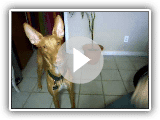 Pharaoh Hound Dog Tricks
Pharaoh Hound Dog Tricks